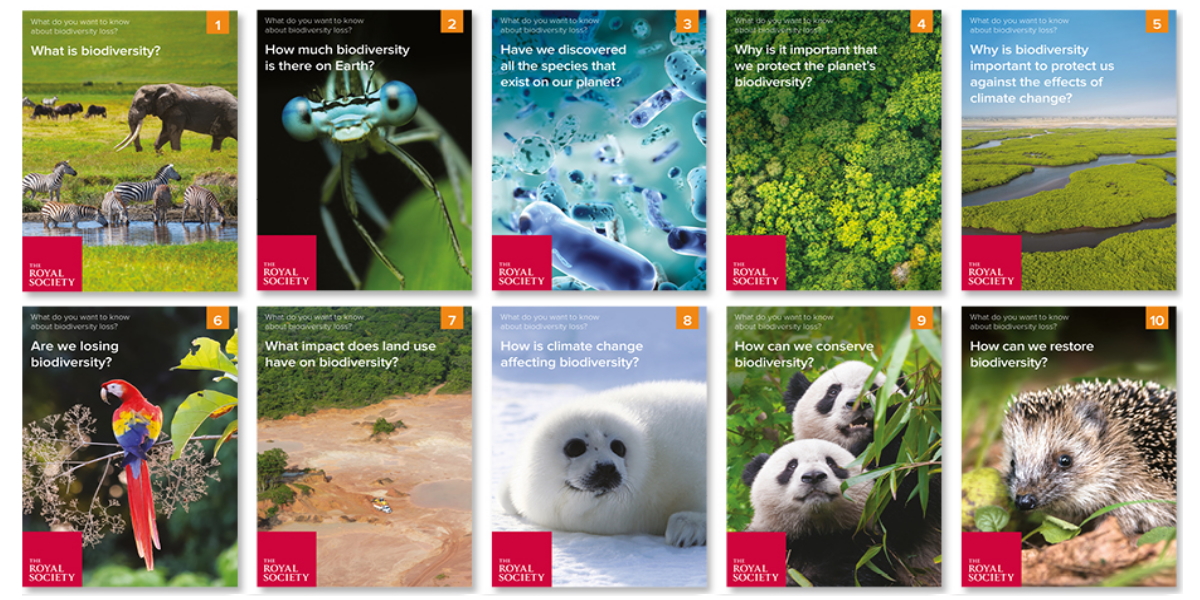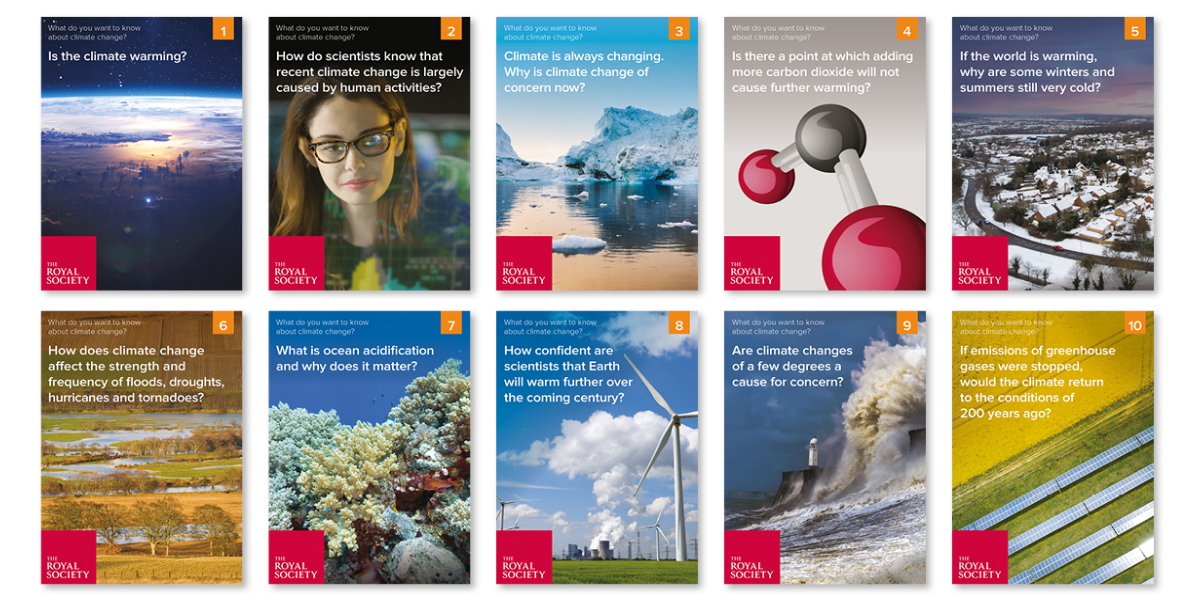Filters
Clear allSubject
- Careers (6) Apply Careers filter
- Climate Change (3) Apply Climate Change filter
- Computing (5) Apply Computing filter
- Cross curricular (7) Apply Cross curricular filter
- Design and technology (32) Apply Design and technology filter
- Engineering (14) Apply Engineering filter
- Food Preparation and Nutrition (2) Apply Food Preparation and Nutrition filter
- Leadership (1) Apply Leadership filter
- Mathematics (13) Apply Mathematics filter
- Personal development (1) Apply Personal development filter
- Psychology (2) Apply Psychology filter
- STEM Clubs (2) Apply STEM Clubs filter
Age range
Type
- Activity sheet (78) Apply Activity sheet filter
- Article (1) Apply Article filter
- Data set (2) Apply Data set filter
- Experiment (1) Apply Experiment filter
- Game (3) Apply Game filter
- Group work (3) Apply Group work filter
- Image (4) Apply Image filter
- (-) Remove Information sheet filter Information sheet
- Interactive resource (2) Apply Interactive resource filter
- Open-ended task (1) Apply Open-ended task filter
- Poster (3) Apply Poster filter
- Presentation (42) Apply Presentation filter
- Quiz (2) Apply Quiz filter
- Research (2) Apply Research filter
- Self assessment (1) Apply Self assessment filter
- (-) Remove Teacher guidance filter Teacher guidance
- Video (10) Apply Video filter
- Include Physical Resources (0) Apply Include Physical Resources filter
Showing 110 results
In this topic from the Association for Science Education, students explore the importance of food in their lives. The topic is designed to allow classes in schools across the world to exchange information about diet, health, sources of food and the cultural aspects of food.
Students consider the significance...
This activity challenges students to work in small teams to design a water supply system for a small town of 5,000 inhabitants. They have to work within a budget, including giving themselves a profit margin.
The...
These resources from Farming & Countryside Education (FACE) are intended support a visit to a dairy farm by providing activities which aim to raise students’ awareness of the process of business improvement in the food chain and giving advice on how to organise the visit. In preparation for the farm visit, a...
The movement of tectonic plates against each other can cause earthquakes and volcanic eruptions, and most active volcanoes on the Earth are located along the edge of these plates. Volcanoes can also occur far away from plate boundaries, although this is less common.
These volcanoes are maintained by hotspots...
Students will begin by comparing the range of temperatures on the Earth, Mars and the Moon, using the student worksheet ‘Temperature: from one extreme to another!’ They will have to plot the temperature over a ten-day period from 4 September to 13 September, as measured by three different craft that landed on the...
This activity, from the Institution of Engineering and Technology (IET), requires students to compete to make the strongest electromagnetic tool holder for a surgeon's robotic arm.
It is intended that students will be...
From The Centre for Industry Education Collaboration (CIEC), this booklet is the forerunner of its Understanding Food Additives web site. The booklet contains information on a range of food additives and extensive suggestions for practical activities to investigate food and food additives.
Food additives...
Volcanoes can be found on many planets and satellites in the Solar System, although not all volcanoes are the same as those found on Earth. It is the conditions on the planet and its composition that determine the shape of the volcanoes and the material that is erupted.
Students will use topography data to...
The spacecraft that have orbited around Mars and landed on its surface have shown us (via images and data) that there is no liquid water on the surface of Mars. However, these satellite images have also revealed to us features that appear to have been created or carved out by flowing water. In fact, scientists feel...
Scientists must design and evaluate many ways of extracting water from the lunar permafrost before planning lunar colonies and manned missions using the moon as a base.
In this activity students will construct a solar water collector. Using the collector, students will collect and calculate the amount of...
This activity, from the Institution of Engineering and Technology (IET), provides an opportunity to assess students understanding of remote surgery.
It is intended that students will:
• Understand what remote...

These evidence-based, question and answer style classroom resources can be used to engage students of all ages...

These evidence-based, question and answer style classroom resources can be used to engage students in the climate...
In this activity students take on the role of Earth observation scientists submitting a request for an image they would like for their research. This gives them the opportunity to consider the possibilities of pictures taken from orbit (and the limitations) and to write scientifically for a specific audience. It...
